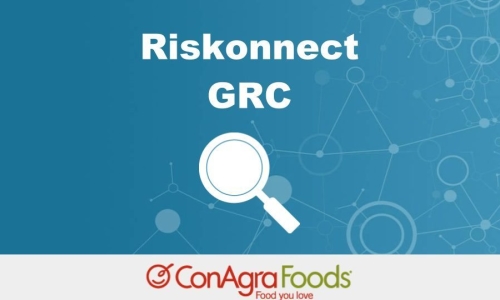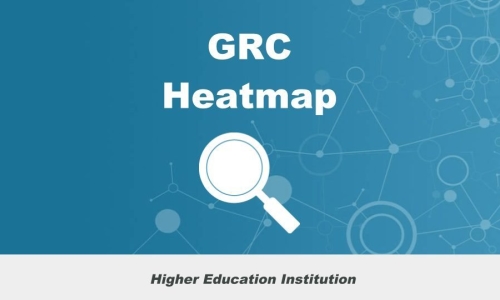Project Description
Large State School District
Industry
State Public Education
Client
Large State School District
Focus
Automation of processes for Self-administration of claims and improved reporting functionality
Previous System
Legacy risk management system/ spreadsheets
Challenge
The Client has over 500 locations, over 157,000 students, and almost 20,000 employees. Their existing legacy system didn’t meet their needs. The Client reported, “Our existing system (prior to Riskonnect) was clunky and difficult to use. It wasn’t intuitive, the reporting features were overly complicated – you almost needed to be a programmemer to run a report!” The Client self-administers their claims, and their process was heavily manual with limited ability to initiate time saving automation. As a result, adjusters were only meeting their procedural requirement of completing the required Plan of Action (POA) 30% of the time.
Riskonnect Solution
The Client chose Riskonnect because of the intuitive interface, the ability to quickly configure automations to their specific business needs, and the flexibility of the system to accommodate their need for sophisticated, easyto-create ad hoc reporting functionality. Riskonnect provided the Client with a fully configured risk management work platform with a simple drag and drop wizard (no programmeming skills required!) for creating ad hoc reports that incorporate complex filtering, sorting, and relationships, including charts and graphs. With the Riskonnect work platform, users have complete control to generate and customise their reports, or they can customise any of the 15 dashboards and 31 standard reports. Reports can be scheduled to automatically send via email to intended recipients. Riskonnect also improved their incident intake process with the use of a website portal, configured to the Client’s specifications. They required that only certain, pre-approved individuals should have access to the site with the use of agency-specified identity verifications. The intake form consists of lookup lists for easy entry, automatic field population, and validations that ensure all required information for state reporting is included. Automatic workflows ensure administrators have quick access to evaluate and manage claims.
To address the client’s need for automation and an improved process for the self-administration of their claims, the Riskonnect risk management work platform offered the Client tremendous flexibility in creating workflows to easily automate previously manual tasks. For example, they are now able to automatically schedule indemnity payments, which can calculate third party distributions from the indemnity payment, such as for child support or legal fees. Previously, their Nurse Case Managers’ notes would have to be copied and pasted into their previous legacy system. With Riskonnect, their case managers can log into the Riskonnect system and enter their own notes.
Riskonnect configured an object for the Client titled ‘Plan Of Action’. Now, when a claim is converted to ‘Lost Time Claim’, automated workflow triggers a task to the Adjuster informing them of the requirement to create a new POA within a certain period of time. If they don’t create the required POA within a certain period of time, another reminder is sent to them as follow up. The system automatically sends a report detailing incomplete tasks to the appropriate supervisor so that any outstanding items can be quickly addressed and deadlines/agency requirements can be met.
Results
This Client’s system has just been implemented, and they are already experiencing incredible benefit from the improved processes and automations. In particular, they have received tremendous positive feedback from their Adjusters on how easy it is to use the system, and how the automations and the new POA object is empowering them in their daily tasks. Further benefits already being recognized include:
- Successfully integrated all self-administration claims processes between the Client, the Adjusters, and the Nurse Case Managers.
- Improved data accuracy through the use of field validations and with the removal of manual copy/paste processes
- Improved efficiency around state reporting requirements through the use of the incident intake portal; incomplete reporting is no longer an issue
- Reduction of error in payment processes, greatly improved ability to track and manage payments



